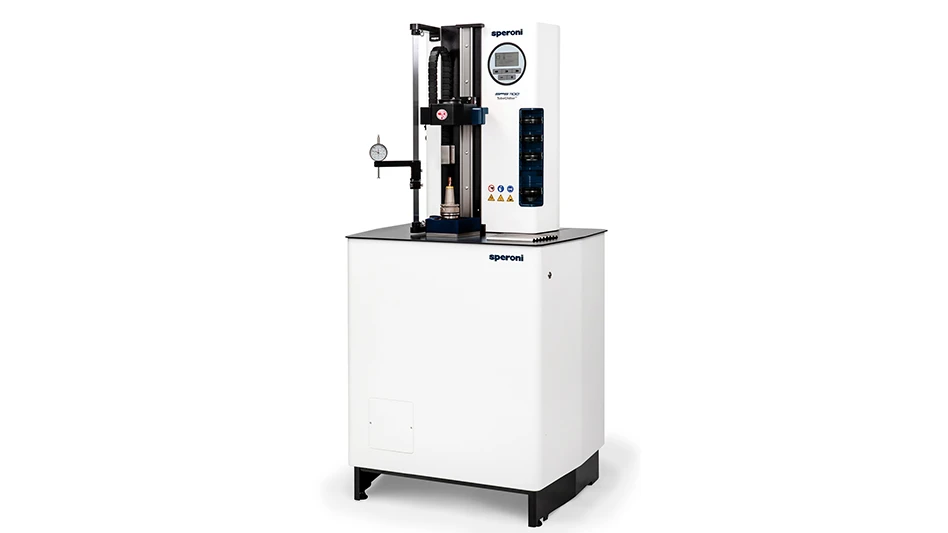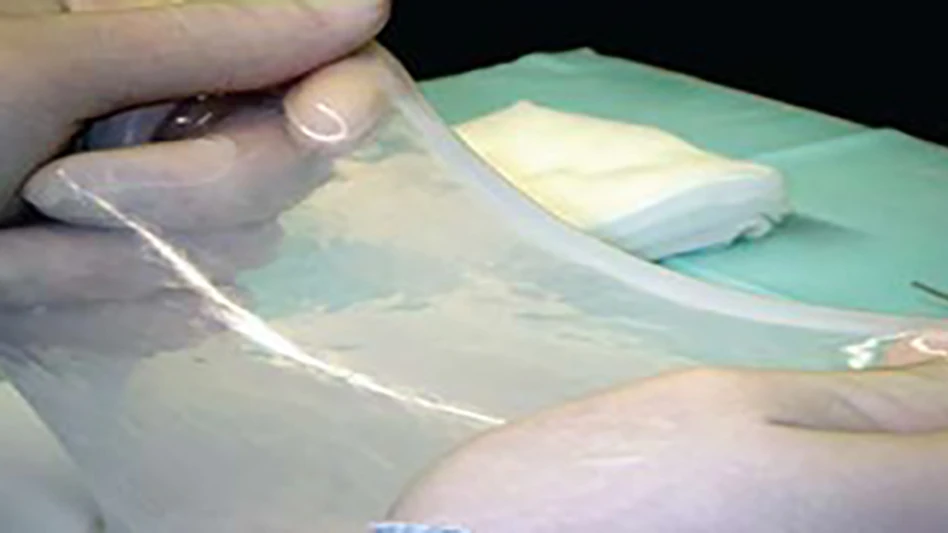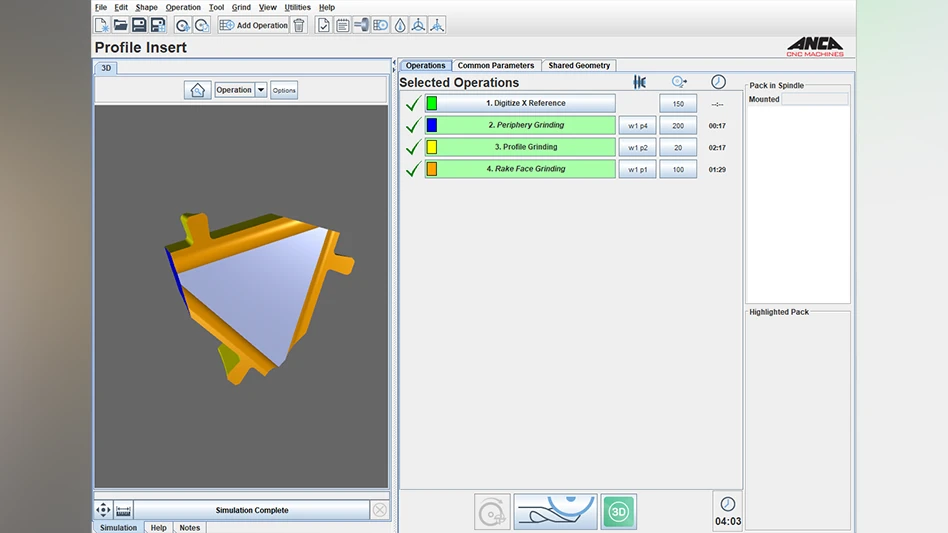
The best hand-operated surgical instruments make surgeons better at what they do. They should feel confident using them, like seamless extensions of their hands.
Metaphase Design Group specializes in research, ergonomics, and design of hand-intensive products with 70% of their offerings in the medical domain.
The company also works in other industries involving handheld products such as McDonalds, Revlon, and LG. The company enters the design process when a customer wants to create the next generation of a current product or when a research and design team has a prototype that needs ergonomic detailing.
Whether working on a medical handheld instrument or tweezers, Metaphase approaches all tasks the same way.
They identify the task, develop ways to improve it, and follow CEO Bryce Rutter’s five factors of success.
1. High functioning team
Before brainstorming and designing begins, a core team must be established. Each member should have a collaborative personality and an open mind. The team should have representation from mechanical engineering, brand and marketing, manufacturing, industrial design, and human factors engineering
.Rutter says it is important to have perspectives from all of these groups, because input will be needed from each topic throughout the design process.
“Whatever you’re going to design is going to have an impact or need some information from these types of people in order to make the design successful and intuitive,” Rutter says.
2. User-centered strategy
The team should adopt a strategy based entirely on the user and the task at hand. Form follows function.“You could have the coolest tech in the world, but if the design is not ergonomic, then the person using it is not going to access all the cool technology that’s available,” Rutter says.
Each design decision should be based on if it adds value, utility, or enhances user performance. Discovering performance and ergonomic requirements while conforming to user capabilities will guide design strategies.
3. Understand the users
To create a user-centered strategy, teams must understand the users. In design, a user is anyone who touches the product, including surgeons, surgical assistants, and nurses, and those responsible for cleaning. The team must learn how the target user thinks, feels, and behaves, as well as the person’s performance limits and capabilities.
“We do a lot of usability testing, we do a lot of user experience mapping, and we’re trying to identify the pain points and the current user experience, and that will tell us where we really need to focus,” Rutter says.
When conducting user research, do not rely entirely on interviews. Conducting time motion studies in surgery is key to understanding user behavior patterns. This includes disruptions, time on task, and pathways each team member takes while in the room during the surgery. Whether it’s picking up a tool or walking to a device, charting these factors leads to designing products and room layouts that can minimize surgical time and increase accuracy of the task. In these studies, surgical team members are asked to talk through what they are doing and experiencing during the procedure, illuminating meaningful insights into their challenges and what would make the surgery easier.
“That’s where you have big ‘aha’ moments to change the design in a significant and meaningful way,” Rutter adds.


4. Hand factors
The variety of human hands make designing the perfect surgical instruments challenging. To accommodate a mass market, designers target a range from the 5th female percentile (159mm to 160mm hand length) to the 95th male percentile (205mm to 209mm hand length).
“It sounds like a tall order. When you’re looking at differences, hand length or hand breadth, you’re not talking about six inches of difference, you’re talking about maybe a half an inch or an inch,” Rutter says. “So it’s not huge differences, however, those minute differences significantly impact the design and ability to scale the product to be a perfect fit. To get the product right, scale of the product is probably the most critical in ergonomics.”
Larger hands with bigger muscles are stronger than smaller hands. The muscles used in handling an instrument directly affect dexterity, precision, and control. Smaller muscles in the hands and fingers offer the most precision, control, and dexterity, while the larger muscles in the forearm and upper arm provide more strength. These factors, along with natural hand motions, determine where fingertip grip surfaces and controls should be located for optimum precision, control, and comfort.
In addition to hand size, age is also a factor to consider. People who are 45 years and older commonly experience diminished hand function. This includes reduced dexterity and weakening changes in hand-eye coordination, finger strength, and range of motion.
“The age of the user changes the definition of the user requirements,” Rutter says. “When you need to accommodate all hands, it’s more challenging to design a product that is all-encompassing.”
Weight and balance are two key physical attributes to consider when designing, regardless of user age. The center of mass and the instrument’s weight directly impact precision, dexterity, comfort, and manipulation of the instrument.
5. Design-thinking strategy
A design-thinking strategy must be applied to the entire eco-system of a product. This includes all touch points and how the product interacts with adjacent devices used in the surgical procedure. In design, three concepts are developed to test with targeted users that range from close-in, evolutionary improvements to revolutionary designs. The next step is refining those down to the best design strategy to take, focusing on ergonomic, design, and usability optimizations. The final design is then tested with end users to validate, and make tweaks as needed before the launch of the product.
“These five critical success factors will consistently lead to a framework for developing products that create demand, drive innovation, and increase revenues,” Rutter concludes.
About the author: Mary Puzder is an editorial intern for Today’s Medical Developments magazine. Contact Editor Elizabeth Engler Modic at 216.393.0234 or emodic@gie.net with any questions.

Explore the September 2018 Issue
Check out more from this issue and find your next story to read.
Latest from Today's Medical Developments
- Teleflex sells acute care and urology businesses for $2.03 billion
- HANNOVER MESSE: Where research and manufacturing meet
- What’s next for the design and manufacturing industry in 2026?
- Arcline to sell Medical Manufacturing Technologies to Perimeter Solutions
- Decline in German machine tool orders bottoming out
- Analysis, trends, and forecasts for the future of additive manufacturing
- BlueForge Alliance Webinar Series Part III: Integrate Nationally, Catalyze Locally
- Robot orders accelerate in Q3





